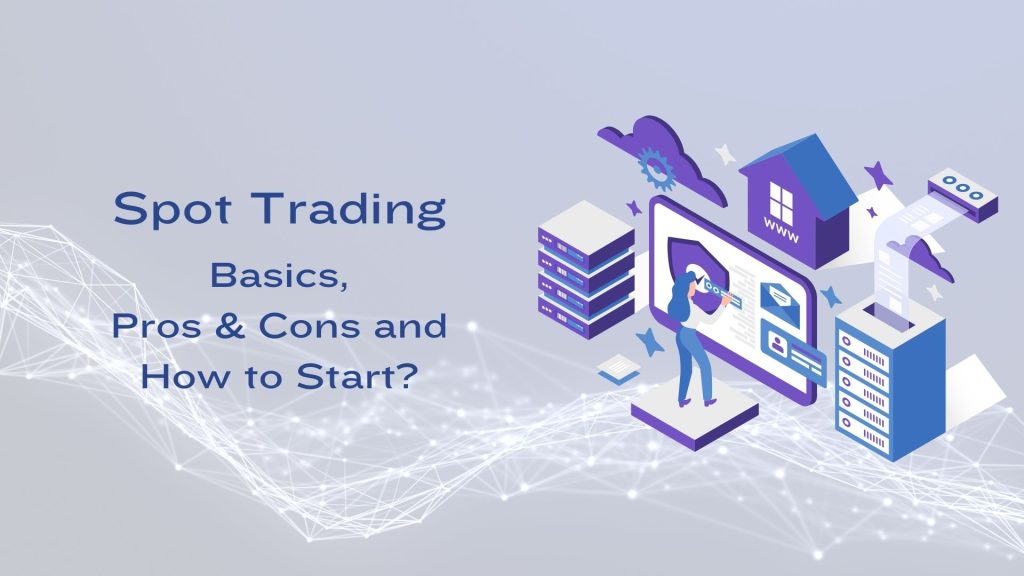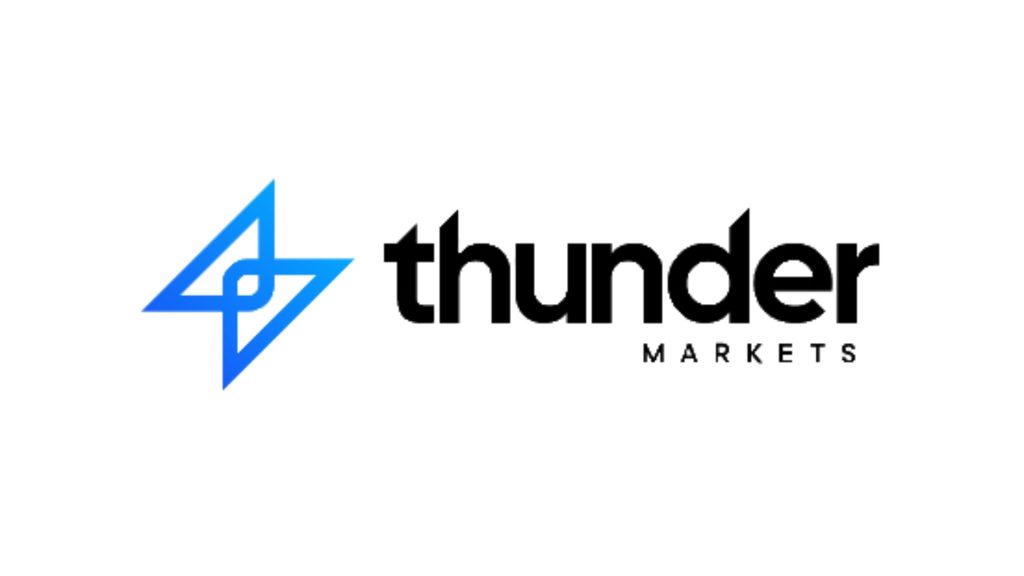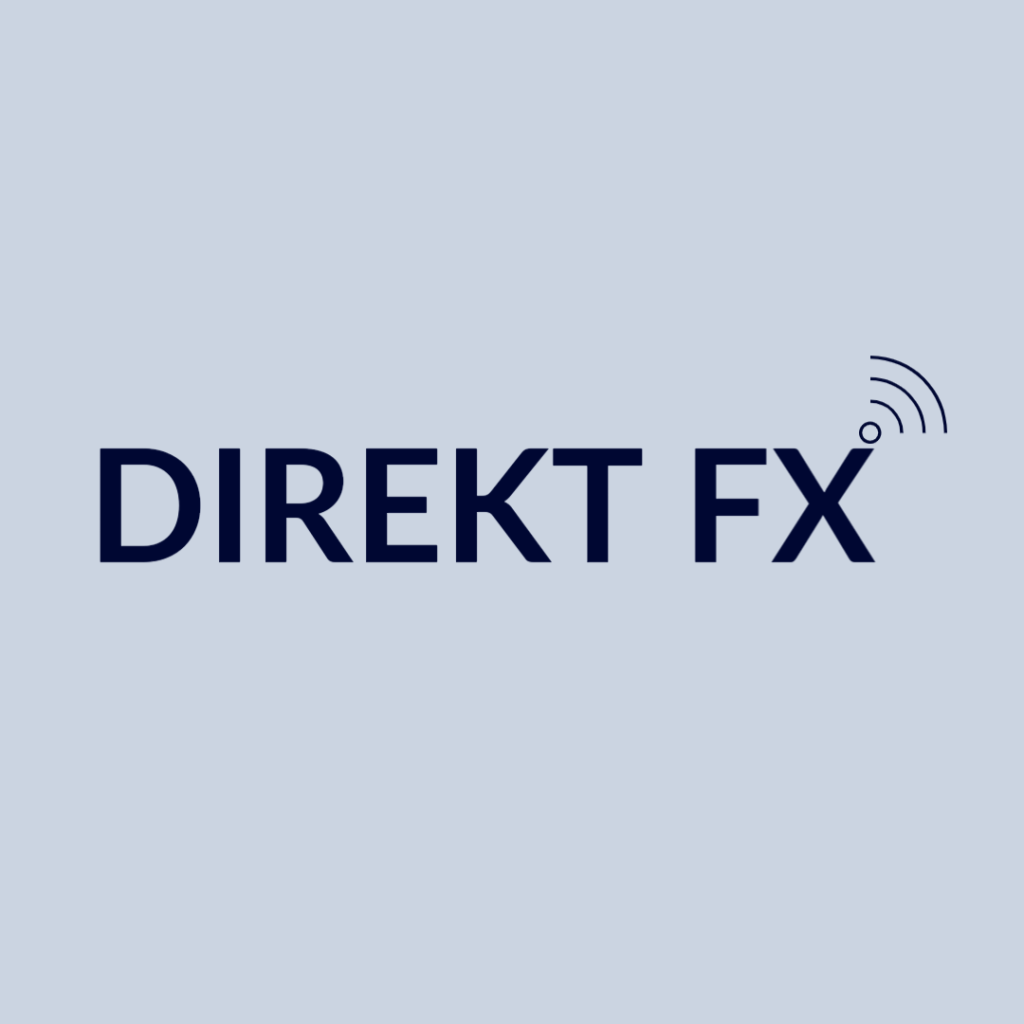
Spot Trading – Basics, Pros and Cons, and How to Start It?
Spot trading directly buys or sells financial instruments or commodities for immediate delivery. Unlike derivative trading, it focuses on immediate transactions. Spot markets, also known as cash markets, are platforms for trading financial instruments, including securities, commodities, and currencies, for immediate delivery. The price settled upon is known as the spot price. Supply and demand dynamics influence this price. Traders can execute transactions in a spot market quickly, usually within a few business days.
Difference Between Spot Trading and Futures Trading:
Spot Trading and Futures Trading are different in these ways:
Delivery
Spot trading involves the immediate exchange of assets, while futures trading involves contracts to buy or sell assets at a future date.
Pricing
Spot prices reflect current market conditions directly influenced by supply and demand. Futures prices incorporate future market expectations, including potential risks and opportunities.
Risk Management
Futures contracts are often used to hedge against asset price volatility, offering risk management not inherent in spot trading.
Advantages of Spot Trading
These are the main advantages of engaging in Spot Trading:
- Liquidity: Spot markets are typically very liquid. Traders can quickly enter and exit positions.
- Transparency: Prices in spot markets reflect real-time supply and demand. It provides clear market signals to traders.
- Simplicity: It has no complexity in forecasting future market conditions like futures or options trading.
Sign up now to connect with a global network of professionals and find the ideal trading and liquidity partners.
Disadvantages of Spot Trading
It comes with these disadvantages:
- Volatility: Spot markets can be highly volatile. This exposes traders to sudden price movements and can cause significant losses.
- Immediate Capital Requirement: Unlike leverage in derivatives trading, it requires traders to pay the full price of assets upfront, tying up more capital.
- Limited Time for Decision Making: Its fast-paced nature can lead to impulsive decisions, increasing risk.
How to Start Spot Trading
It is one of the simplest trading types for a beginner to enter the market and includes only 5 steps:
1. Create an Account
Sign up with a chosen platform or broker, providing necessary personal details and verification documents as required.
2. Fund Your Account
Deposit funds into your trading account using the available payment method.
3. Research
Analyze the market using tools and resources available on the platform. Identify potential trading opportunities.
4. Place Trades
Select the asset you wish to trade and the size of your trade. Execute your transaction of buying or selling based on your market analysis.
5. Monitor and Adjust
Keep track of your trades and market conditions. Be prepared to adjust your positions as needed to manage risks and secure profits.
Conclusion
Anyone looking to enter the financial markets can begin with Spot Trading. It offers profit potential in different markets, from cryptocurrencies to commodities. However, it comes with risks. Traders can avoid these risks and capitalize on the opportunities with a proactive approach.
Contact us now and promote your business with us!
Follow us on LinkedIn to get daily financial updates!





